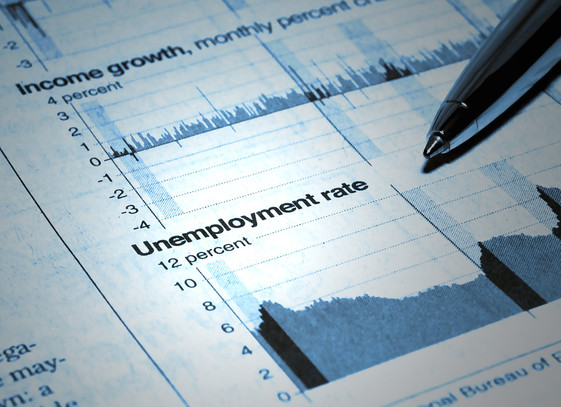Many hear about unemployment rates, how and why they are important for the development and well-being of a nation. However, its importance also extends to Forex trading, so anyone with profits on their mind should be aware of this indicator.
The unemployment rate is one of the most important indicators of a country’s economic status, and therefore, it also greatly affects a currency’s stability and movements in foreign exchange rates.
What Exactly Is The Unemployment Rate? Simply put, the unemployment rate is the percentage of jobless people in the workforce of a country. These people are both capable and willing to perform at a job, but they aren’t able to find one.
It’s important to note that unemployed people and non-working people are two different things, for the latter could be composed by those in school, retired, or disabled. The last group doesn’t make up a part of the workforce; they aren’t included in the unemployment rate.
Why Is It Important? The rate only changes after a country’s economic state already did, so volatility is very likely to ensue, for it provides traders with clues about the economy’s stability and likely monetary policies in the future, as policymakers use this statistic to study which sectors lose jobs faster.
In other words, the unemployment rate can tell traders about possible monetary policies that a nation could adopt in the future, and these monetary policy changes most often come in the form of interest rate changes.
Nevertheless, it’s important to note that monthly comparisons are affected by the effects of seasonality, and thus, yearly comparisons are more accurate for a nation’s growth.
How Does Unemployment Rate Affect Forex? As mentioned, unemployment rates are relevant to a nation’s upcoming economic changes. Below, we look at three common cases of how this economic indicator affects currencies.
a. When Unemployment Is Higher Than Expected When a country’s unemployment rate comes out too high, governments try to stimulate the economy by creating jobs.
One instance is the US Fed, which would lower rates and expand its monetary policy. If that fails, the next step is the employment of fiscal measures, public hiring, or applying for unemployment benefits.
As such, rising unemployment rates are negative for a country’s currency and often trigger bearish turns.
b. When Unemployment Is Lower Than Expected It signifies to more expenditure on consumption due to more income-earning individuals. That fact could bring inflationary pressure, and interest rates could rise.
Unlike high levels, unemployment rate drops are beneficial for both a country and its currency’s value, creating bullish pressure for that currency.
For example, Japan saw its unemployment rate fall to 2.4% during early 2018, and the USD/JPY slipped after the JPY gained 0.22% in value.
c. When Unemployment Is Under The Natural Rate Unemployment rate can’t be sustained underneath its “natural rate” for too long, for it would provoke inflation and a federal funds rate increase, to moderate growth.
However, the “natural rate” of unemployment has been the subject of many debates regarding its accuracy recently, despite being traditionally estimated at 5.5%.





